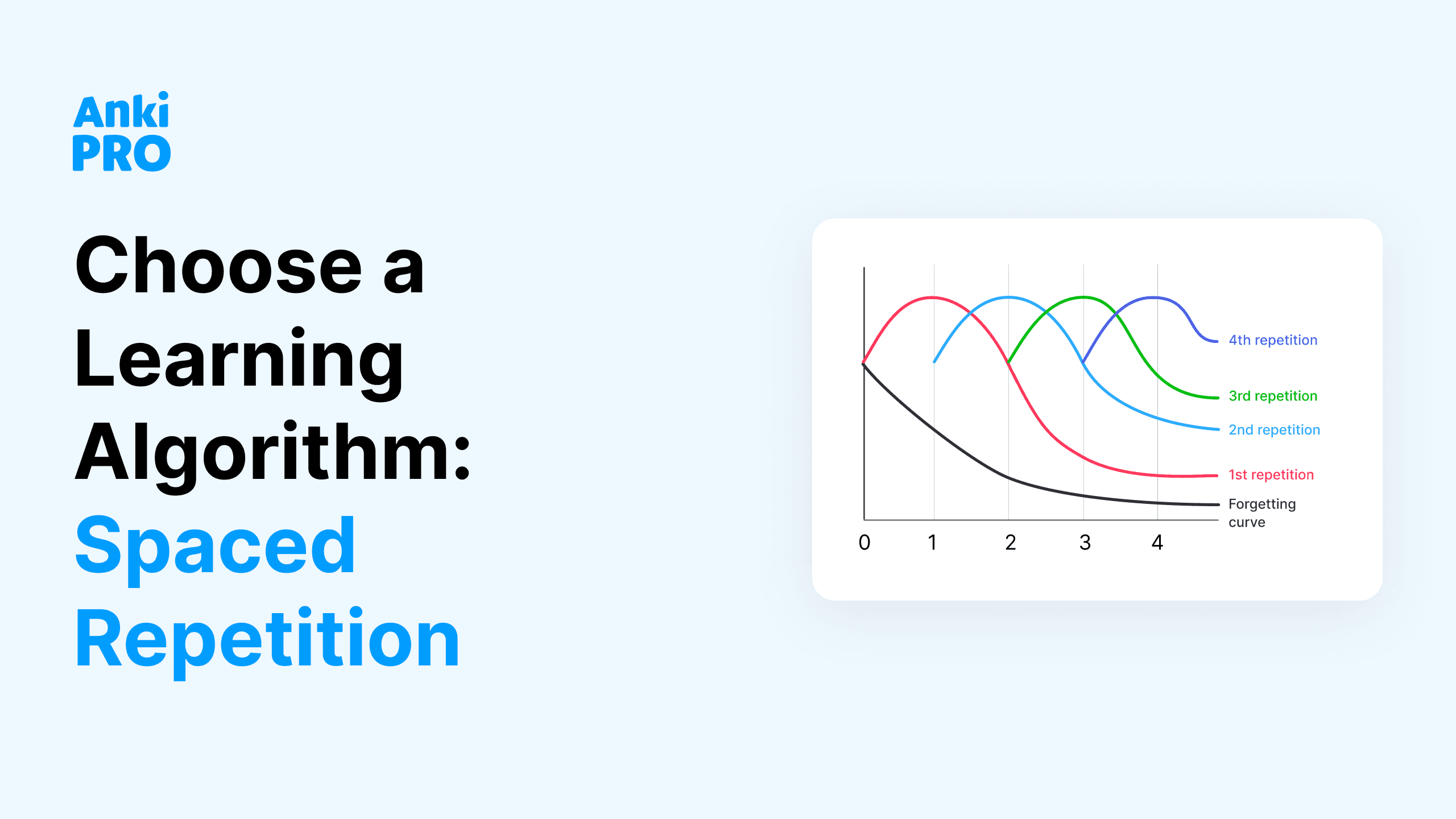Productivity is a key concept that drives both personal success and broader economic growth. At its core, productivity measures how efficiently goods and services are produced and how effectively inputs like labor, capital, and technology are utilized to generate output. Understanding and improving productivity growth is crucial for enhancing individual performance, boosting company profits, and fostering a nation’s economic health.
Defining productivity
Productivity is typically defined as the ratio of output to input in the production process. It can be assessed in various contexts, from individual tasks to national economies. Higher productivity means that more goods and services are produced with the same or fewer inputs, indicating efficient use of resources.

Labour Productivity
Labor productivity specifically measures the output produced per unit of labor input, usually in terms of employee labor hours. It’s a crucial metric in understanding economic performance, as it directly impacts gross domestic product (GDP) and overall economic growth. For instance, improvements in labor productivity can lead to higher wages and better living standards without increasing labor costs.
Total Factor Productivity (TFP)
Total factor productivity, or multi-factor productivity, considers multiple inputs, including labor, capital, and technology, in the production process. It measures the efficiency with which these combined inputs are converted into outputs. TFP is often seen as a more comprehensive measure of productivity because it accounts for the contributions of various factors to economic growth.
Why is productivity important?
Productivity growth is essential for both microeconomic and macroeconomic reasons. On a personal level, increased productivity can lead to greater job satisfaction, career advancement, and higher earnings. For businesses, productivity improvements can result in reduced costs, higher profits, and a competitive edge in the market. On a national scale, productivity is positively correlated with economic growth, higher living standards, and the country’s ability to compete globally.
Economic Growth
Economic growth is often driven by productivity increases. When a country’s businesses become more productive, they can produce more goods and services at lower costs, which can boost the gross value of their output. This growth in production capacity leads to higher GDP, which reflects the overall economic health of a nation.
Personal Productivity
Personal productivity refers to an individual’s efficiency in managing time, tasks, and energy to achieve desired outcomes. It encompasses habits, tools, and techniques that help people accomplish more in less time. Enhancing personal productivity involves setting clear goals, prioritizing tasks, and minimizing distractions.

Productivity factors
Several factors can affect productivity, from technological advancements to employee motivation. Understanding these factors is essential for identifying opportunities for productivity improvements.
Technological advancements
Innovations in technology can significantly boost productivity by streamlining the production process and reducing the time and labor required to produce goods and services. Automation, for example, can handle repetitive tasks, freeing up human workers for more complex and creative activities.
Employee motivation and skills
Motivated and well-trained employees are more productive. Creating incentives, providing ongoing training, and fostering a positive work environment can lead to higher employee productivity. Investing in the labour force by enhancing skills and knowledge is crucial for maintaining productivity growth.
Organizational processes
Efficient organizational processes are fundamental to high productivity levels. Process improvements, such as optimizing workflows and reducing waste, can lead to substantial productivity gains. Companies often track productivity measures to identify areas for enhancement and implement strategies to streamline operations.
How to improve productivity
Productivity growth requires a strategic approach that involves setting clear goals, leveraging technology, and fostering a culture of continuous improvement. Here are some practical steps to enhance productivity at various levels:
Individual Level
- Set clear goals. Define specific, measurable, achievable, relevant, and time-bound (SMART) goals to guide your efforts.
- Prioritize tasks. Focus on high-impact tasks and use tools like to-do lists or project management apps to stay organized.
- Minimize distractions. Create a conducive work environment by eliminating interruptions and setting aside dedicated time for focused work.
- Continuous learning. Invest in personal development to acquire new skills and knowledge that can boost efficiency.

Organizational level
- Adopt technology. Implement productivity-enhancing technologies such as automation software, collaboration tools, and data analytics.
- Streamline processes. Conduct regular process audits to identify bottlenecks and areas for improvement. Use lean principles to eliminate waste and optimize workflows.
- Employee development. Provide ongoing training and development opportunities to enhance employee skills and motivation.
- Create incentives. Develop reward systems that recognize and incentivize high performance and productivity improvements.
National Level
- Invest in education and training. Governments can boost labour productivity by investing in education systems and vocational training programs.
- Promote innovation. Support research and development initiatives to foster technological advancements that enhance productivity.
- Improve infrastructure. Develop robust infrastructure, including transportation and communication networks, to support efficient business operations.
- Encourage competition. Foster a competitive business environment that incentivizes companies to innovate and improve efficiency.
Measuring productivity
Measuring productivity growth involves analyzing various metrics to gauge efficiency and identify areas for improvement. Key productivity measures include:
- Output per hour worked. This measures labor productivity by comparing the amount of goods and services produced to the number of hours worked.
- Total factor productivity. Assesses the efficiency of all inputs used in the production process, providing a comprehensive view of productivity.
- Partial productivity. Evaluates the efficiency of a single input, such as labor or capital, in isolation.
- Gross Value Added (GVA). Calculates the value of output produced minus the cost of inputs, providing insight into economic productivity.

Addressing low productivity
Low productivity can hinder economic growth and individual success. Identifying and addressing the causes of low productivity is essential for improvement.
Common causes of low productivity
- Inefficient processes. Outdated or poorly designed processes can lead to wasted time and resources.
- Lack of motivation. Unmotivated employees are less likely to perform at their best.
- Insufficient training. Employees lacking the necessary skills and knowledge cannot work efficiently.
- Poor work environment. A negative work environment can reduce morale and productivity.
Solutions for low productivity
- Process optimization.vRegularly review and refine processes to eliminate inefficiencies.
- Enhance employee engagement. Foster a positive work culture and provide incentives for high performance.
- Invest in training. Offer comprehensive training programs to equip employees with the skills they need.
- Improve work conditions. Create a supportive and healthy work environment to boost morale and productivity.
Tracking productivity trends
Monitoring productivity trends is crucial for understanding progress and making informed decisions. Organizations and governments track productivity statistics to gauge performance and identify areas needing improvement. Key indicators include:
- Labor statistics. Data on employee labor hours, output, and efficiency help track productivity changes over time.
- Economic indicators. Metrics such as GDP, GVA, and TFP provide insights into a country’s productivity and economic health.
- Industry benchmarks. Comparing productivity levels across industries helps identify best practices and areas for improvement.
How to achieve productivity growth
Productivity is a vital measure of efficiency and performance at all levels. By understanding the factors that affect productivity and implementing strategies to improve it, we can achieve greater economic growth, enhanced personal and professional success, and improved quality of life. Whether through technological advancements, employee development, or process improvements, focusing on productivity is key to unlocking potential and driving progress.
This article is brought to you by the Anki Pro app. Unlock the powers of microlearning with flashcards and spaced repetition to learn anything quickly and enjoy productivity growth!








